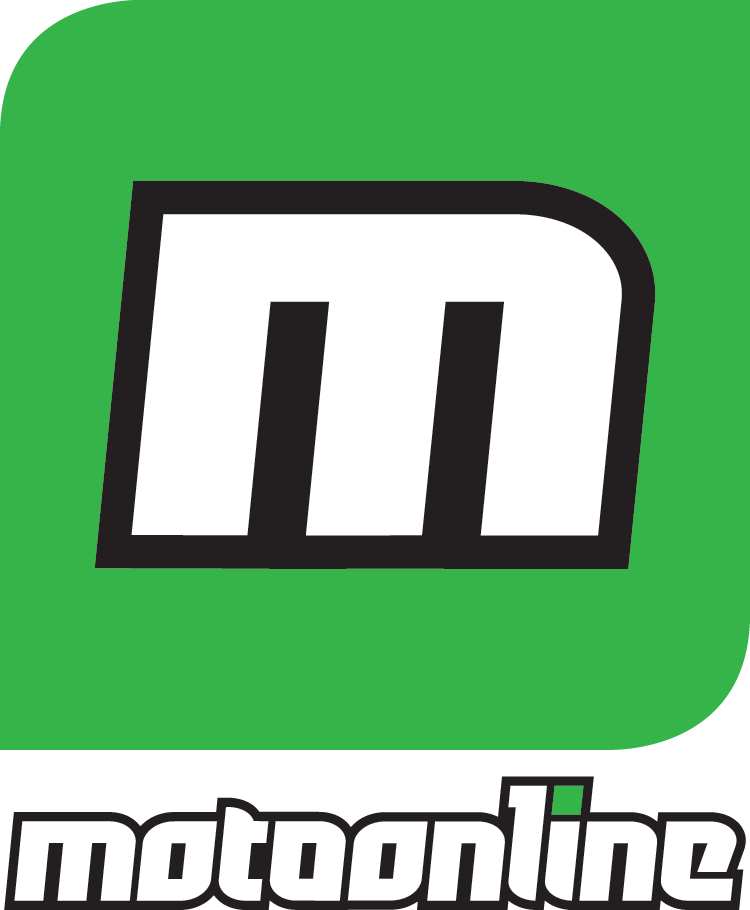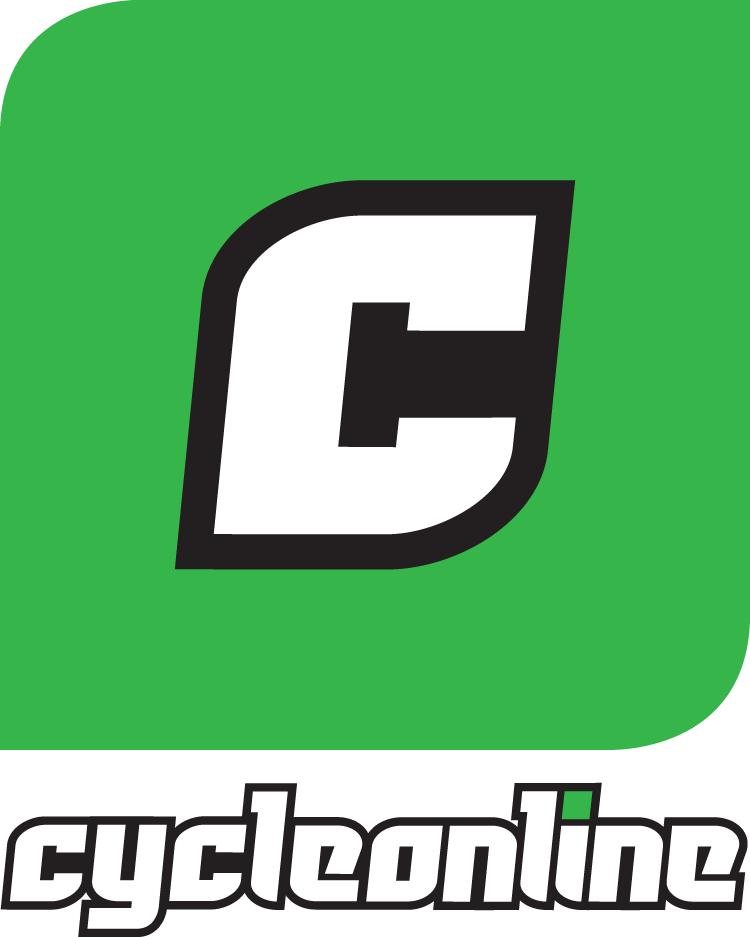INFRONT MOTOR SPORTS:
The Superbike Commission, composed of Mr Paolo Flammini (IMS), Claude Danis (FIM) and Giulio Bardi (Team representative), during a telephone conference held on October 23, unanimously decided to introduce the following modifications to the Road Racing Superbike & Supersport World Championship and FIM Superstock Cup.
Technical Regulations
Application 2010
2.9.2 Minimum Production Quantities and Market Availability.
2.9.2.1 First Time Application for Superbike Homologation
A manufacturer which has never taken part in the FIM Superbike World Championship with any of its models and is requesting a Superbike homologation, must follow the procedure below:
– The manufacturer must have produced at least a quantity of 125 motorcycles prior to the homologation inspection. The motorcycle must be on sale to the public at that time.
– The minimum quantity of 500 units must be reached by the end of June of the current year.
– The minimum quantity of 1000 units must be reached 15 days before the last race of the FIM Superbike World Championship of the current year.
– The minimum quantity of 1500 units must be reached by the end of June of the following year.
– The minimum quantity of 2000 units must be reached 15 days before the last race of the FIM Superbike World Championship of the following year.
– All motorcycles must be identical to the model to be homologated with the same specifications.
– Proof of production quantities must be provided by certified documentation as stated in Article 2.9.2.
– The FIM will withdraw the homologation if these rules are not respected.
2.9.2.2 Subsequent Homologations for Superbike and Homologation for Supersport and Superstock.
A manufacturer which has previously homologated a motorcycle in Superbike and is requesting a new homologation, or a manufacturer requesting a homologation for Supersport or Superstock must follow the procedure below:
– The manufacturer must have produced at least a quantity of 250 motorcycles prior to the homologation inspection. The motorcycle must be on sale to the public at that time.
– The minimum quantity of 1000 units must be reached by the end of June of the current year.
– The minimum quantity of 2000 units must be reached 15 days before the last race of the Championship or Cup of the current year.
– All motorcycles must be identical to the model to be homologated with the same specifications.
– Proof of production quantities must be provided by certified documentation as stated in Article 2.9.2.
– The FIM will withdraw the homologation if these rules are not respected.
2.4.7 Tyres
To add:
Only two rim sizes (3.50 x 16.5 and 3.75 x 16.5) shall be allowed for the front tyre and only one rim sizes (6.25 x 16.5) shall be allowed for the rear tyre.
2.4.8.1.2 Carburation Instruments for 1000cc 3 & 4 cylinders and 1200cc 2 cylinders
Carburation instruments refer to throttle bodies and variable length intake tract devices.
• The original homologated carburation instruments must be used unmodified.
• The use of optional homologated carburation instruments is not allowed.
• The fuel injectors may be replaced, however they must fit without modification to the homologated throttle body.
• The carburation instruments intake insulators may be modified.
• Bell mouths (including their fixing points) may be altered or replaced.
• Vacuum slides may be fixed in the open position
• Secondary throttle valves and shafts may be removed or fixed in the open position and the electronics may be disconnected or removed.
Only for motorcycles homologated after the 1st of January 2010.
• Electronically controlled throttle valves, known as ‘ride-by-wire’ systems, may be used exclusively if the homologated model is equipped with this system. Software may be modified but all safety systems and procedures designed by the original manufacturer must be maintained.
2.4.8.12 Transmission / Gearbox
All transmission/gearbox ratios, shafts, drums, selector forks are free.
Primary gear ratios are free.
The number of gears must remain as homologated.
Additions to gearbox or selector mechanism, such as quick shift systems, are allowed.
Countershaft sprocket, rear wheel sprocket, chain pitch and size may be changed.
Any power source (i.e. hydraulic or electric) cannot be used for gear selection, if not installed in the homologated model for road use. Human power and so called quick shift systems are excluded from the ban.
2.4.8.13 Clutch
Aftermarket or modified clutches are permitted.
Back torque limiter is permitted.
Any power source (i.e. hydraulic or electric) cannot be used for clutch operation, if not installed in the homologated model for road use. Human power is excluded from the ban.
• For 1000 cc 2 cylinders
Clutch system (wet or dry type) and method of operation (cable/hydraulic) may be altered or replaced from those fitted to the homologated motorcycle.
• For 1000 cc 3 & 4 cylinders and 1200cc 2 cylinders
Clutch system (wet or dry type) and method of operation (cable/hydraulic) must remain as homologated.
2.4.8.16 Air Box
The air box may be altered or replaced from those fitted to the homologated motorcycle (a special design for racing is allowed). If fuel injectors are attached to the cover of the air box, their position with reference to the throttle body must remain as original.
The air filter element may be removed.
The air box must be completely closed around the induction bell mouth and all engine breather tubes. Carburation instruments may be entirely within the air box.
The air box drains must be sealed.
All motorcycles must have a closed breather system. All the oil breather lines must be connected and discharge in the air box.
The breather system (air box plus any breather oil collector box) must be capable in the event of drain pipe blockage, of retaining a minimum of 1000 cc of discharged fluid.
Only for motorcycles homologated after the 1st of January 2010.
The air box must remain as originally produced by the manufacturer on the homologated motorcycle.
Air filters, internal flap type valve, sensors and vacuum fittings may be removed, modified, or replaced with aftermarket parts.
Any holes in the air box to the outside atmosphere resulting from the removal of components must be completely sealed from incoming air.
Ram air tubes or ducts running from the fairing to the air box may be modified, replaced or removed. If tubes/ducts are utilized, they must be attached to the original, unmodified air box inlets.
All motorcycles must have a closed breather system. All the oil breather lines must be connected and discharge in the air box.
2.4.10.2 Front Forks
The front fork in whole or part may be changed but must be the same type homologated (leading link, telescopic, etc.).
No aftermarket or prototype electronically-controlled suspensions may be used. If original electronic suspensions are used, they must be completely standard (any mechanical or electronic part must remain as homologated).
The original electronic system must work properly in the event of an electric/electronic failure otherwise it cannot be homologated for FIM competitions.
The upper and lower fork clamps (triple clamp, fork bridges) may be changed or
modified.
Steering damper may be added or replaced with an after market damper.
The steering damper cannot act as a steering lock limiting device.
Electronic controlled steering damper cannot be used if not installed in the homologated model for road use. However, it must be completely standard (any mechanical or electronic part must remain as homologated).
2.4.10.6 Brakes
Front master cylinder may be altered or replaced from those fitted to the homologated motorcycle.
Rear master cylinder may be altered or replaced from those fitted to the homologated motorcycle.
Front calipers may be altered or replaced from those fitted to the homologated motorcycle.
Rear calipers may be altered or replaced from those fitted to the homologated motorcycle.
Brake pads or shoes may be altered or replaced from those fitted to the homologated motorcycle.
Brake hoses and brake couplings may be altered or replaced from those fitted to the homologated motorcycle. The split of the front brake lines for both front brake calipers must be made above the lower fork bridge (lower triple clamp).
Brake discs may be altered or replaced from those fitted to the homologated motorcycle. Only ferrous materials are allowed for brake discs. The use of exotic alloy materials for discs and brake calipers (i.e. aluminium beryllium, etc.) is not allowed.
ABS (Antilock Brake System) may be used only if installed in the homologated model for road use. However, it must be completely standard (any mechanical or electronic part must remain as homologated, brake discs and master caliper levers excluded), and only the software of the ABS may be modified.
Application 2011
2.4.8.1.2 Carburation Instruments for 1000cc 3 & 4 cylinders and 1200cc 2 cylinders
Carburation instruments refer to throttle bodies and variable length intake tract devices.
• The original homologated carburation instruments must be used unmodified.
• The use of optional homologated carburation instruments is not allowed.
• Injectors must be stock and unaltered from the original specification and manufacture.
• The carburation instruments intake insulators may be modified.
• Bell mouths (including their fixing points) may be altered or replaced.
• Vacuum slides may be fixed in the open position.
• Secondary throttle valves and shafts may be removed or fixed in the open position and the electronics may be disconnected or removed.
2.4.8.17 Fuel supply
The engine control unit (ECU) may be modified or changed.
Fuel pump and fuel pressure regulator must remain same as on the homologated model. (Max pressure will be defined in the homologation papers and the fuel line must be modified to allow standardized checks by technical stewards).
No mechanical fuel pump is allowed unless installed in the homologated model.
Fuel lines from fuel tank up to the injectors (fuel hoses, delivery pipe assembly, joints, clamps, fuel canister) may be replaced.
The fuel line(s) going from the fuel tank to the carburation instruments must be located in such a way that they are protected from possible crash damage.
Fuel vent lines may be replaced.
Fuel filters may be added.
Fuel petcock may be altered or replaced from those fitted to the homologated motorcycle.






